Do you have a question about the Garmin Reactor 40 Kicker and is the answer not in the manual?
Highlights critical safety warnings and cautions for operating and installing the autopilot system.
Familiarize yourself with components and plan installation before starting the process.
Connect helm control or CCU to NMEA 2000 network with chartplotter.
Connect NMEA 2000 power cable to 9-16Vdc source and build network with T-connectors.
Mount ECU and CCU in non-submerged locations, away from magnetic interference.
Connect ECU to 12-24Vdc power source; use correct wire gauge for extensions.
Connects CCU to ECU; 5m (16ft) long, cannot be extended.
Throttle and steering actuator power cables cannot be cut or extended.
Select CCU location considering center of rotation and avoiding interference sources.
Use a handheld compass to test potential CCU mounting locations for magnetic interference.
Remove the tiller lock on the motor if present to avoid installation interference.
Ensure tilt tube is stainless steel; clean tilt tube for proper steering actuator installation.
Ensure tilt tube is stainless steel; clean tilt tube for proper steering actuator installation.
Apply grease, feed, screw, and tighten steering actuator into the tilt tube.
Review table to determine if right-angle or flat bracket is needed for Honda, Mercury, or Yamaha.
Connect the linkage rod to the steering actuator according to motor type.
Screw linkage pin, install spacer/washers/arm, and secure with R-pin.
Route CCU cable connector to ECU and make the connection.
Route drive/throttle actuator cables to ECU, ensuring sufficient slack.
Connect T-connectors, power cable, drop cables, and terminators to build a new NMEA 2000 network.
Connect CCU and helm control to an existing NMEA 2000 backbone using T-connectors.
Add T-connectors to network to connect optional NMEA 2000 devices.
Perform regular cleaning and lubrication of the steering actuator and tilt tube.
Instructions for safely freeing a steering actuator that has become stuck in the tilt tube.
Guidelines for connecting NMEA 0183 devices, including wiring and sentence types.
Details dimensions, weight, temperature range, material, and water rating for the steering actuator.
Details dimensions, weight, temperature range, material, and NMEA 2000 input for the CCU.
Details dimensions, weight, temperature range, material, and power input for the ECU.
Lists PGNs transmitted and received by the CCU for NMEA 2000 communication.
Lists PGNs transmitted and received by the Helm Control for NMEA 2000 communication.
Highlights critical safety warnings and cautions for operating and installing the autopilot system.
Familiarize yourself with components and plan installation before starting the process.
Connect helm control or CCU to NMEA 2000 network with chartplotter.
Connect NMEA 2000 power cable to 9-16Vdc source and build network with T-connectors.
Mount ECU and CCU in non-submerged locations, away from magnetic interference.
Connect ECU to 12-24Vdc power source; use correct wire gauge for extensions.
Connects CCU to ECU; 5m (16ft) long, cannot be extended.
Throttle and steering actuator power cables cannot be cut or extended.
Select CCU location considering center of rotation and avoiding interference sources.
Use a handheld compass to test potential CCU mounting locations for magnetic interference.
Remove the tiller lock on the motor if present to avoid installation interference.
Ensure tilt tube is stainless steel; clean tilt tube for proper steering actuator installation.
Ensure tilt tube is stainless steel; clean tilt tube for proper steering actuator installation.
Apply grease, feed, screw, and tighten steering actuator into the tilt tube.
Review table to determine if right-angle or flat bracket is needed for Honda, Mercury, or Yamaha.
Connect the linkage rod to the steering actuator according to motor type.
Screw linkage pin, install spacer/washers/arm, and secure with R-pin.
Route CCU cable connector to ECU and make the connection.
Route drive/throttle actuator cables to ECU, ensuring sufficient slack.
Connect T-connectors, power cable, drop cables, and terminators to build a new NMEA 2000 network.
Connect CCU and helm control to an existing NMEA 2000 backbone using T-connectors.
Add T-connectors to network to connect optional NMEA 2000 devices.
Perform regular cleaning and lubrication of the steering actuator and tilt tube.
Instructions for safely freeing a steering actuator that has become stuck in the tilt tube.
Guidelines for connecting NMEA 0183 devices, including wiring and sentence types.
Details dimensions, weight, temperature range, material, and water rating for the steering actuator.
Details dimensions, weight, temperature range, material, and NMEA 2000 input for the CCU.
Details dimensions, weight, temperature range, material, and power input for the ECU.
Lists PGNs transmitted and received by the CCU for NMEA 2000 communication.
Lists PGNs transmitted and received by the Helm Control for NMEA 2000 communication.
| Water Rating | IPX7 |
|---|---|
| Actuator Type | Hydraulic |
| Steering Type | Hydraulic |
| Communication Protocol | NMEA 2000 |
| Installation | Professional installation recommended |
| Compatibility | Yamaha, Suzuki, Honda or Mercury kicker motors |
| Steering Technology | Hydraulic |
| Wireless Remote | Optional |
| Operating Temperature | -10°C to 55°C |
| Compatible Engines | Yamaha, Suzuki, Honda or Mercury kicker motors |
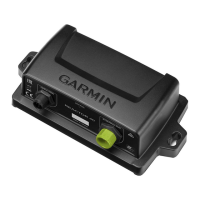
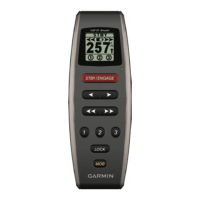
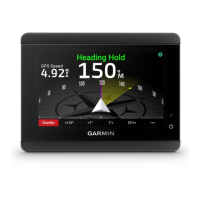
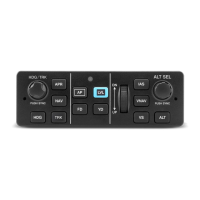
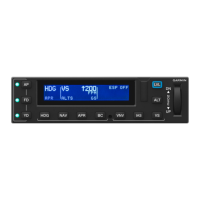

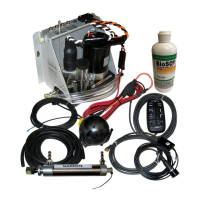
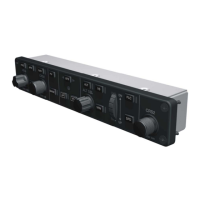
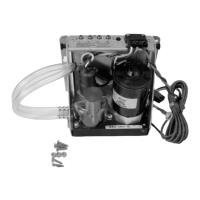
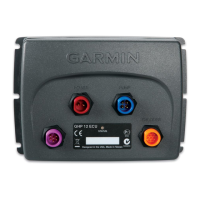
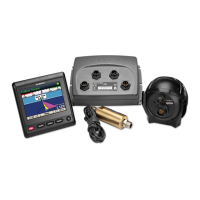
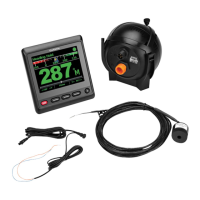
